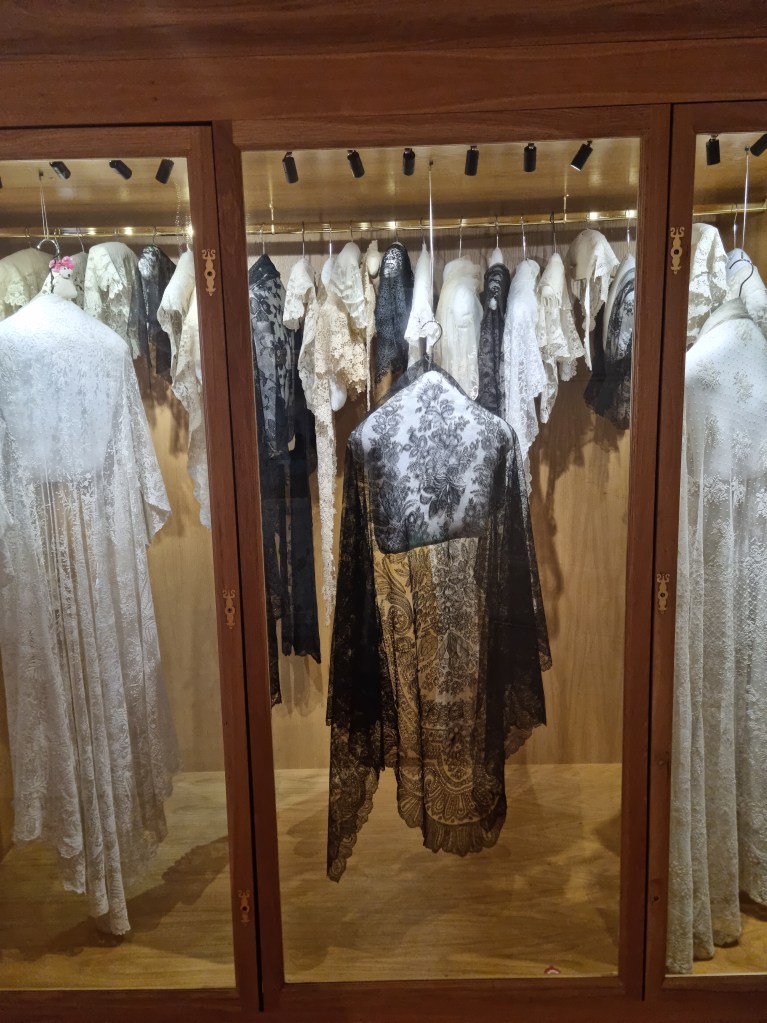A pop up fun fair and sunny skies attracted a Lutonian multitude into Wardown Park. Pedalos and row boats were hired out for boating on the park’s river and waterways. The park used to be the private grounds of an estate which was bought by two local businessmen and Councilors in 1903, sold to Luton Council for no profit in 1904 and turned into a landscaped municipal park by the local authority.
Wardown Park Museum is housed in a handsome Victorian mansion situated the park. It was built in 1877 by a Lutonian Solicitor, Frank Scargill, passed to further private owners before landing in council hands in 1904. It was used as a military hospital in the first world war and then rented to council employees before being turned into a museum.
The museum’s collection emphasizes Luton’s historic cottage industries of lace-making, straw plaiting and hat-making and more. There is an extensive collection of locally produced lace patterns, straw plaiting (the trade was learned by girls from a young age at ‘plait schools’) and hats, as well as historic costumes and photographs, interactive displays and listening posts in which Lutonians recount historical events and how lives were once lived in the Luton gone by.
There are period rooms, information of the mansion’s previous owners, the Scargill family, galleries with local paintings, displays on social history, toys and hobbies and a section celebrating and recounting 300 years of history of the now-named Hertfordshire and Bedfordshire regiment
I learned that the straw plaiting and hat trade in Luton was driven by women who were often the breadwinners of the household in an age when that was most uncommon.
Also, that Luton’s police constables once wore straw custodian helmets.
And I had never heard of the Peace Day Riots which burned down Luton’s Town Hall in 1919.
I met Paul working at the museum and explained to him about what I was doing. He said he works for the Culture Trust and splits his work between Stockwood Park Discovery Centre and Wardown Park Museum, which “is a quieter shift”. I asked him if there is an exhibit he enjoys in particular and he said he particularly enjoys the 1980s Atari 2600 home video computer system in the toys and hobbies section of the museum.
Paul saw I had visited most of the parks in Luton already but said there was a further Lutonian park worth seeing which I hadn’t yet been to – and sent me to visit Wigmore Park. He told me the park is ideal for plane-spotting the air traffic coming in and out of Luton Airport.
I am able to see anyone there.
For the montage he gave me a hat district pin.









